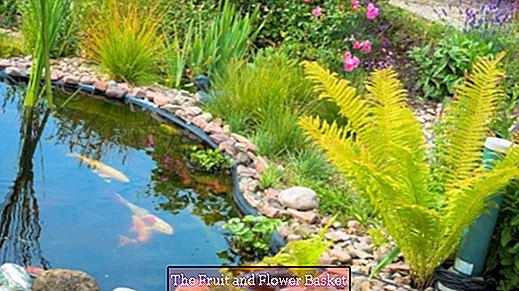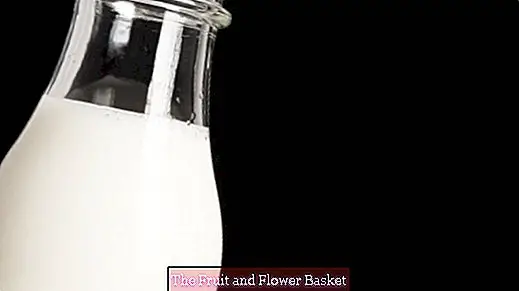Clean garden pond - please consider pond life
It is still a bit cold, but in the months of April / May, there is time for garden pond cleaning. Above all, if it is just a small pond with shallow depth, this cleaning should be done every two to three years, otherwise a too thick layer of mud accumulates on the bottom, which starts to rot and releases toxic gases (methane). Such an "overturned pond" is no feast for the eyes, it also stinks of rotten eggs.
With the removal of the mud layer one must take care that in case of disturbance often animals crawl in the mud. Also in ponds, in which no fish are used, animals are found - even in the middle of the big city. On my pond, 5 square meters, 80 cm deep, created in a large city garden, have already found in the first two years mountain newts and dragonflies, their larvae live and develop in the water of the pond.
I clean my pond by first pumping the free water with a dirty water pump. There are no animals in this water, they are distorted by the noise that causes the pump in the mud layer. If the free water is pumped so far that only about two centimeters of water are above the bottom mud, I draw with a 5-liter bucket most of the mud from the ground (of course you can do that with a larger bucket whose Filling weight is too heavy for my back), it is ensured that the animals contained in the mud are not killed by the pump.
Gardening experts recommend using the pond mud to fertilize the beds is certainly a useful tip. But for the animals in the mud, it means a quick death, as at least the larvae of dragonflies and newts are gill-breathing, which can only survive in the water. So I dump the mud from the bottom of the pond into an old plastic kitchen sieve, which I put on a bucket, and rinse with water. The mud flows through the sieve holes in the bucket, the animals are left behind in the sieve. The diluted sludge I bring with a watering can for fertilizing on the beds, the animals are temporarily stored in a water-filled bowl until I can discharge them into the newly filled with water pond.
The animals thank me my effort: I have no mosquito larvae in the pond, so no mosquitoes that want me in the summer on the terrace to the blood. Occasionally, a mountain newt pleases me in the garden around the pond with its sight, and the flying game of various species of dragonflies around my little pond is something special in the middle of the big city.
Before the owners of large and large garden ponds now on my tip with "... how can I do that at my pond?" upset, I point out that my tip refers to small garden ponds. Small ponds usually have a less favorable surface-to-depth ratio than large ponds. Due to the smaller depth of small ponds, the deeper water layers warm much faster than larger ponds. Heat accelerates metabolic processes, including the biodegradation of dead substances that sink to the bottom and are broken down by bacteria and other microorganisms. The longer the way to the bottom, the better the degradation possibilities, since the bacteria still find the necessary oxygen at shallower depths. Thus, hardly any degradable substances reach the ground.
In addition: water, which is warmer, can bind less oxygen, in a shallow pond, which is heated to the bottom, therefore occurs in the summer slightly oxygen deficiency at the bottom - the sunk to the ground substances can no longer be completely degraded. They are then made into putrefactive bacteria that work without oxygen, but then release substances that are toxic to the rest of the living beings in the water. These substances, mainly methane, escape from the water as gas and stink extremely of rotten eggs. Larger ponds have a better self-cleaning behavior, so people do not have to intervene with them or only rarely cleaning. Buy now  Create and design garden ponds: step by step to your own water garden (GU practice guide? 9,99 ?
Create and design garden ponds: step by step to your own water garden (GU practice guide? 9,99 ?





